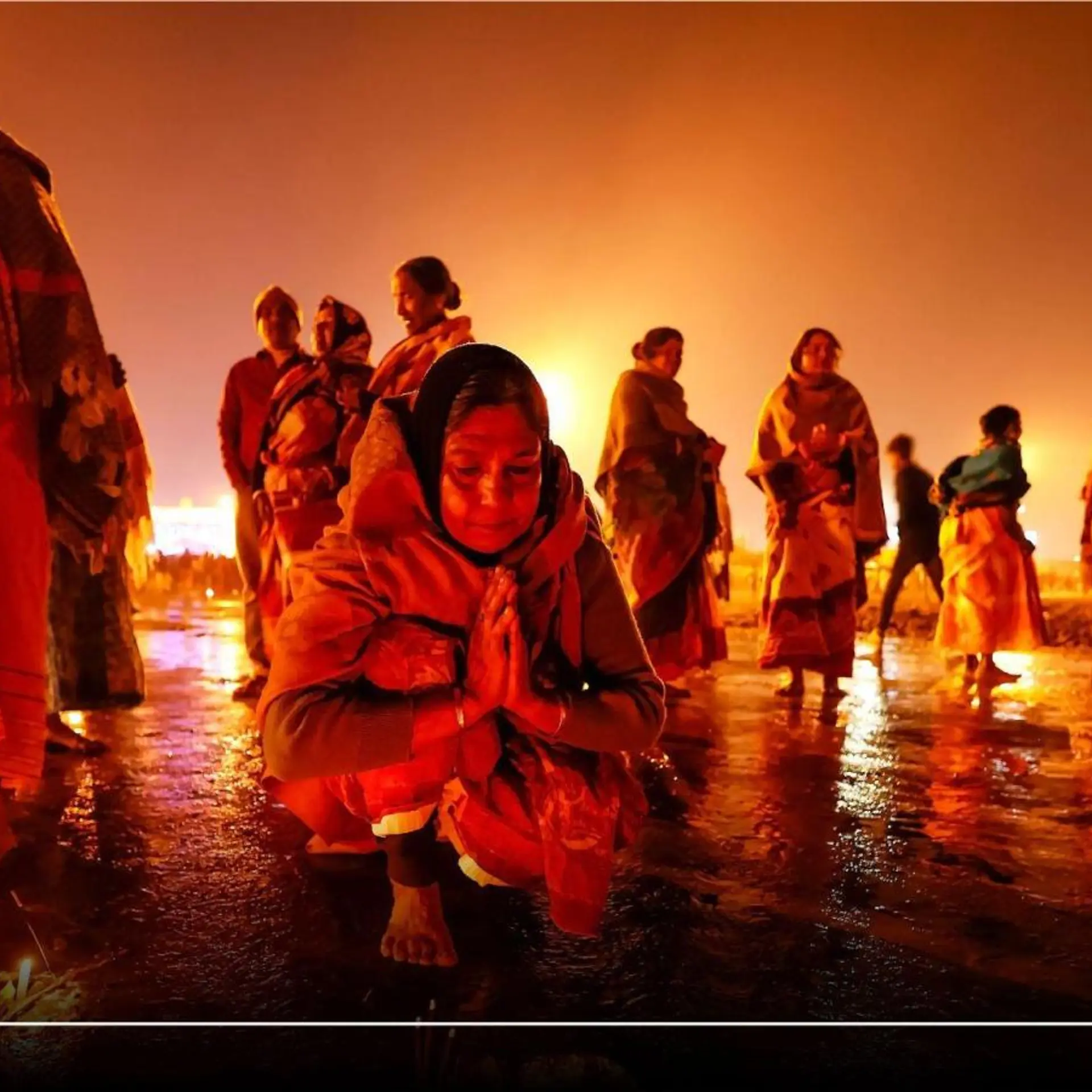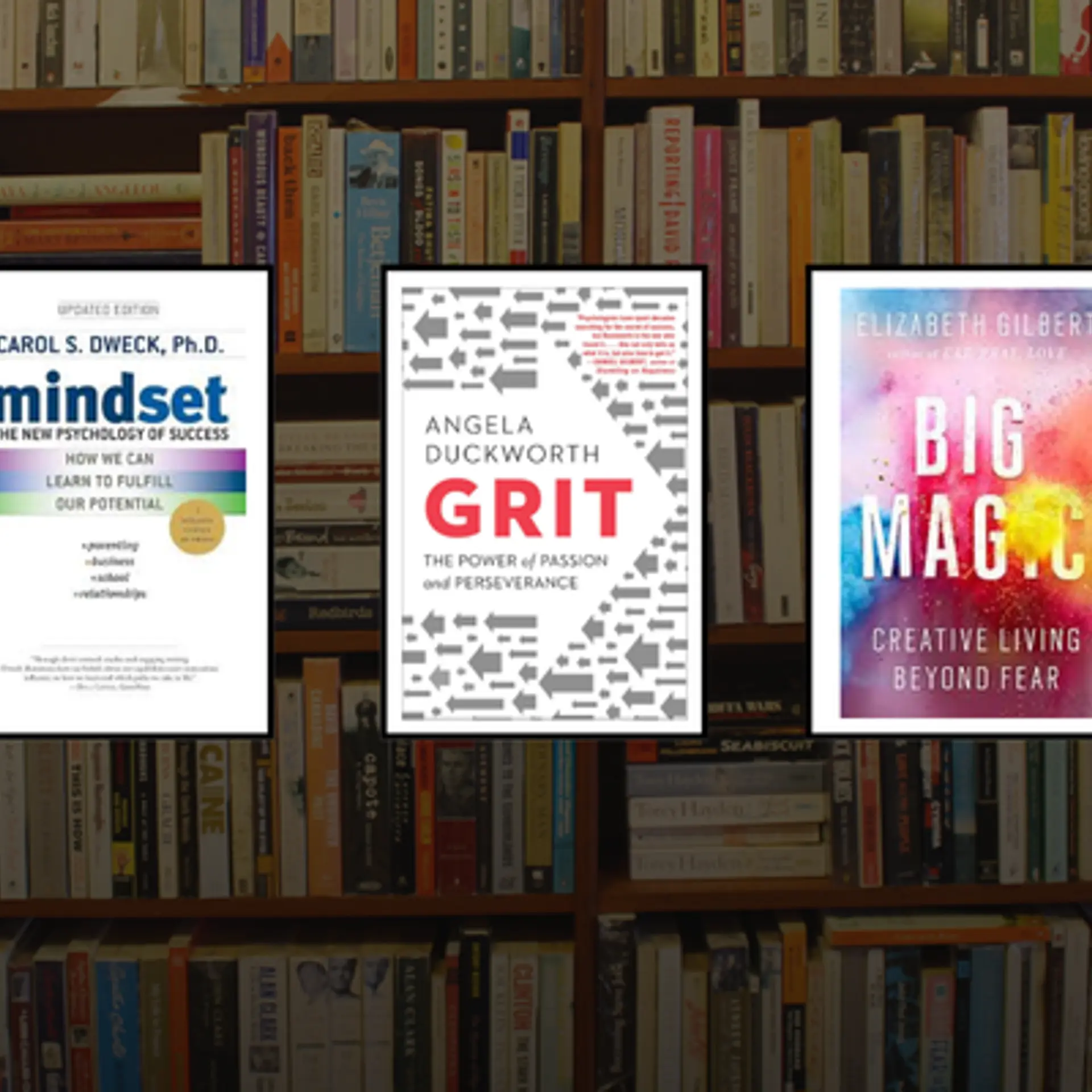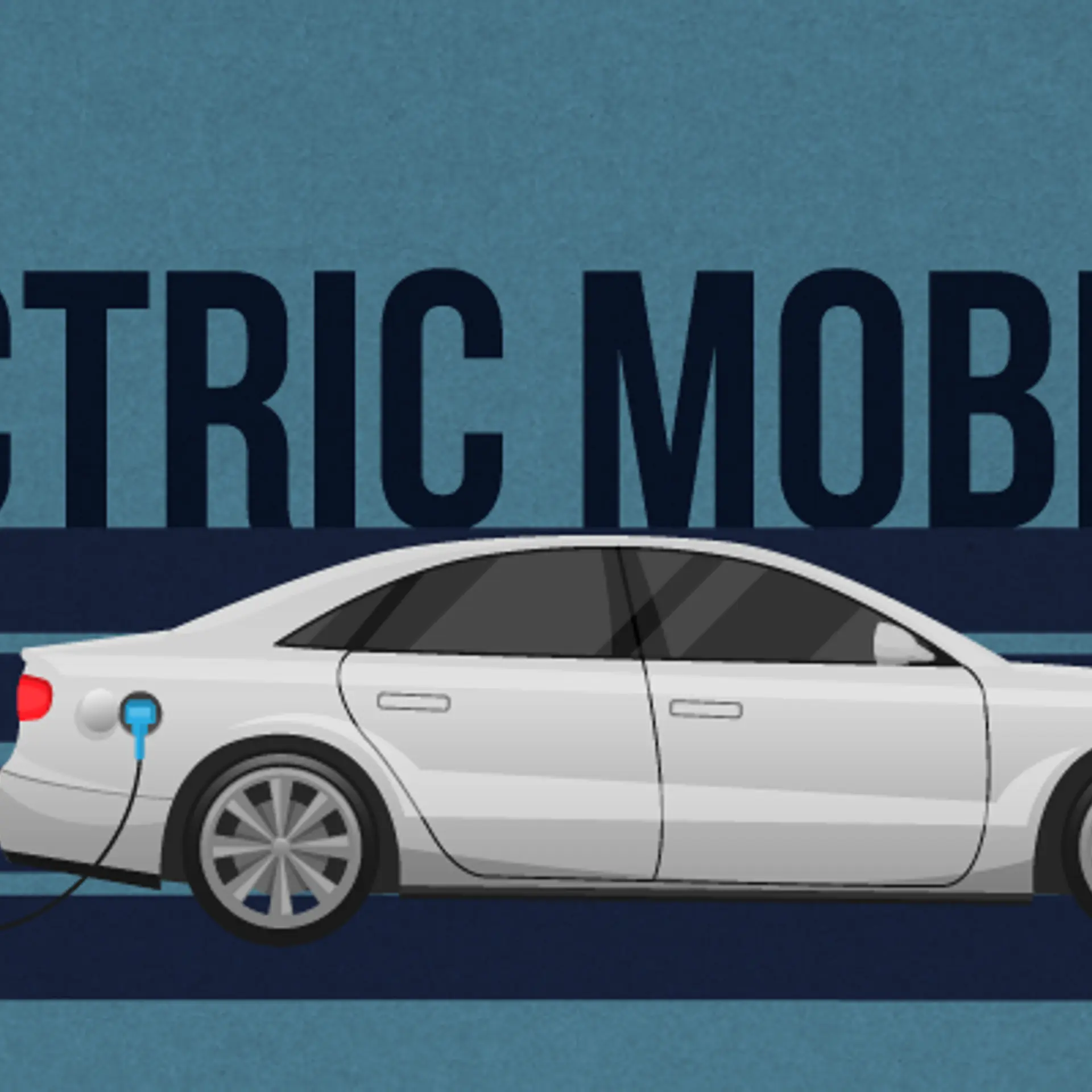Empathy, education, empowerment–Bengaluru Design Festival panel offers tips on designing for the next billion users
An expert panel at this international design festival shares ten tips on how to design products and services for the next billion users.
One of the highlights at the recent Bengaluru Design Festival (BDF) was a panel titled Designing for the Next Billion Users. It was moderated by Shandar Junaid, Director of Product Design, Citrix.
YourStory was the media partner for BDF. See also YourStory’s earlier coverage of other design conferences like DesignUp from 2022, 2021, 2020, 2019, 2018 and 2017.
The BDF panelists were Rasagy Sharma, Product Designer, Sundial; Dharmesh BA, Founder, The India Notes; Alok Nandi, Former President, IxDA Global; Payal Sharma, UX Designer, Lollypop Design Studio; and Prakash Sharma, Co-founder, 1001 Stories.
Here are my ten key takeaways from the wide-ranging and provocative discussion.
See our d-Zen (‘Design Zen’) section for more design resources, and our reviews of the related books The Next Billion Users, Winning Middle India, Anchoring Change, Social Entrepreneurship in India, Being an Impact Champion, Grassroots Innovation, and A World of Three Zeros.
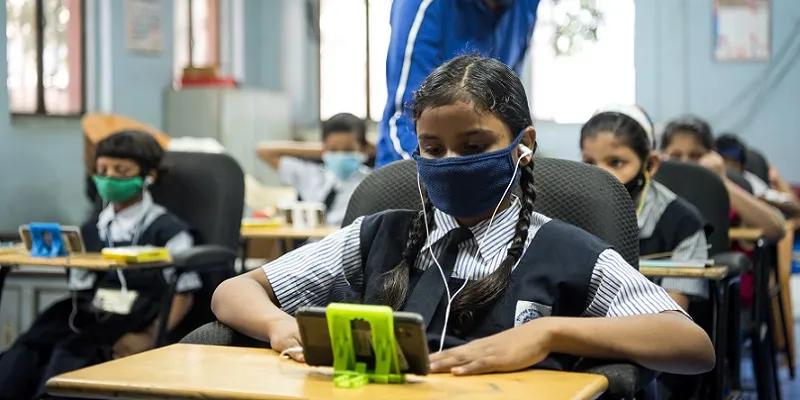
1. Digital infrastructure
Thanks to widespread smartphone diffusion and 4G mobile internet, the infrastructure is in place to launch many digital products and services for a broad base of Indian citizens. There is also an openness and trust to explore online markets and transactions, and opportunities to leapfrog earlier versions of connectivity and content infrastructure.
2. Data-driven insights
Building on the digital infrastructure, there is growing opportunity in basing design decisions and changes on verifiable data. Gut-based expertise and intuition can be combined with real-time insights at scale, on user behaviour and preferences. Hybrid offline-online business models can provide unified views of consumer personas and journeys.
3. Designing for Bharat
While early waves of digital design were understandably influenced by Western models, the time has come to scale up design models tailored for the Indian context. This includes designing for more hetereogenous users, multiple languages, and collectivist behaviours.

4. Empathy
Designing for new users from different contexts calls for greater focus and precision in customer empathy. For example, it may be hard for urban designers to overcome biases and prejudices while designing for rural users. But it is important to keep questioning exactly who the users are and immerse in their lives to understand why this product or service will be of use to them and how they will use it.
5. Design education
For the long run, design education will play a key foundational role in building the right mindset, skillset and toolset for designers. Industry and academia will need to collaborate more closely to effectively design for the masses, and creative ideas of students and researchers should be given a platform for broader visibility. Design thinking should be taught across disciplines as well.
6. Inclusion
Given the wide socio-economic disparity in countries like India, designers now have the chance and responsibility to get things right with inclusive design. More focus should be on including personas of women and the LGBTIQA+ community, as well as citizens with disabilities.

7. Sustainability
Current economic and development models and consumer culture have dealt havoc with the environment and climate. Design for the next billion users must also factor in core concerns of environmental sustainability and preservation. Consumers should be nudged towards more responsible behaviours, and product designers must also look at recycling issues.
8. Co-creation
The title of the panel itself calls for much critical introspection and correction–it should be designing with rather than for the next billion users. Citizens of the future should not be regarded as just passive consumers but active designers and creators of their own future. Designing for the next billion is not about charity but dignity.
9. Creative confidence
While India has a wealth of cultural heritage and creativity foundations, there needs to be more creative confidence. For example, India’s culinary sector has a range of dazzling offerings, but the presentation and packaging could improve to meet global standards. Discovery platforms (eg. The Locavore), upskilling and benchmarking could help here.
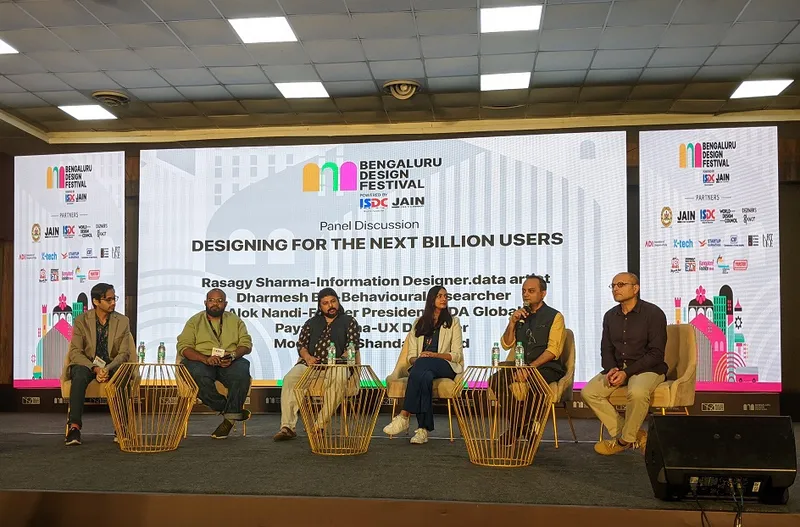
10. Role of government
Given the high levels of pollution in Indian cities, designing urban habitats that are clean, sustainable, and livable should be a priority focus and needs multi-stakeholder alignment for the long term. Government plays a key role in scaling such mandates.
The road ahead
In sum, the panel advocated an integrated design approach for the next billion, combining digital and physical models. Designing sustainable food systems (‘foodware’) and a repositioning of healthcare beyond just ‘health cure’ are key.
Design is a combination of art and problem-solving, and the future looks bright for the designer and creator community if they get things right.
Edited by Megha Reddy






